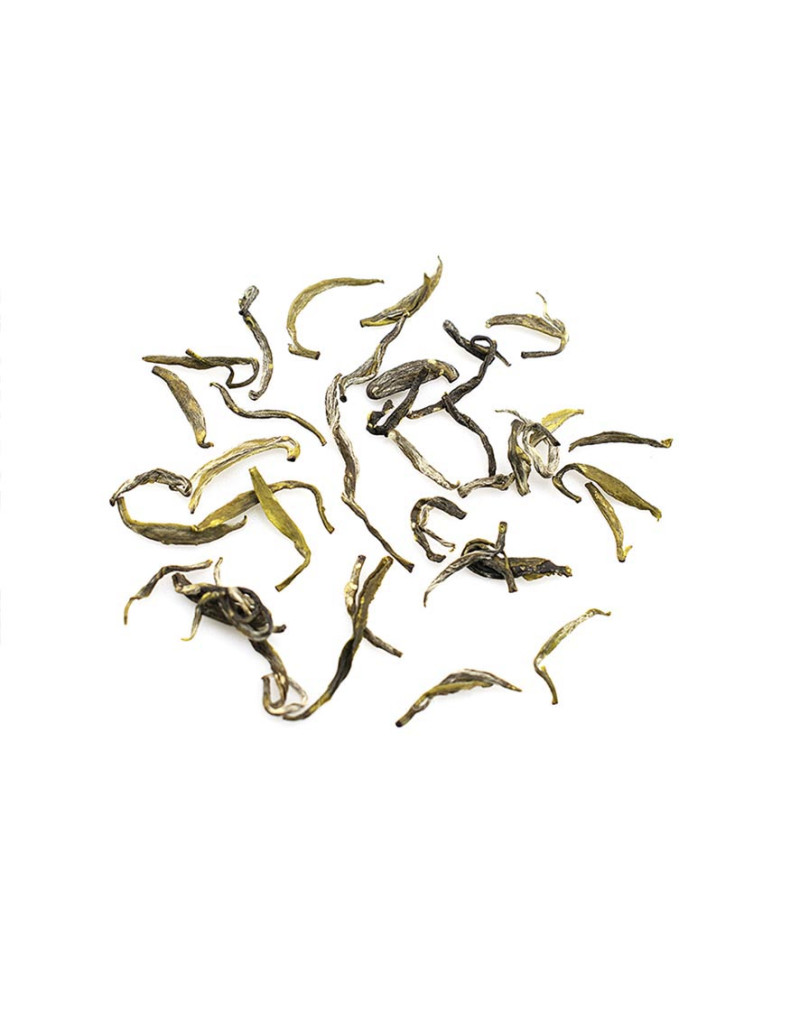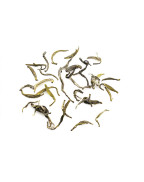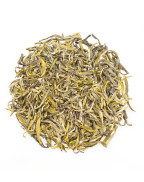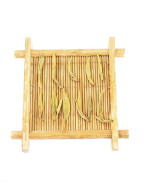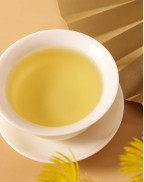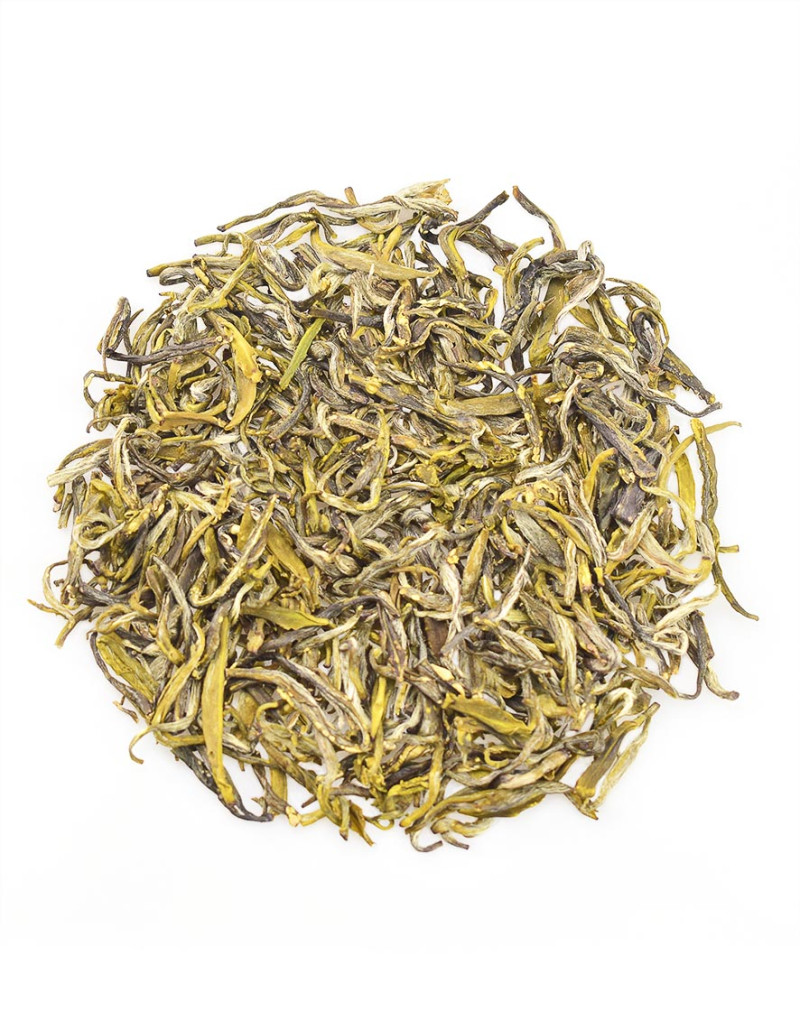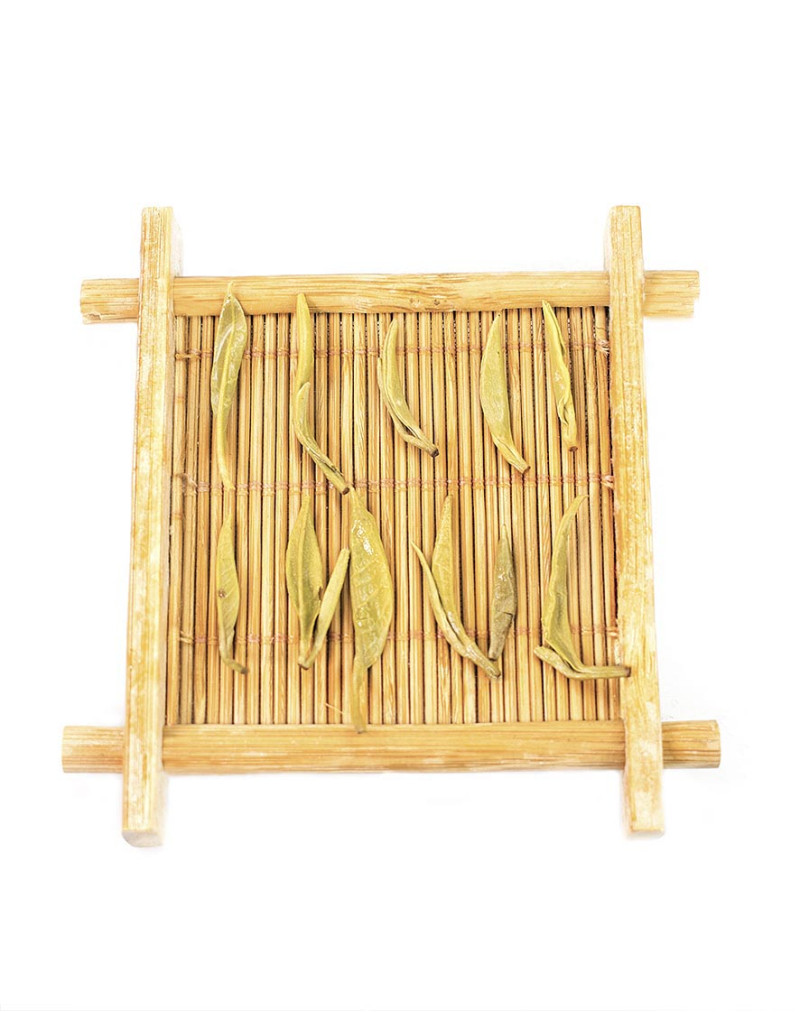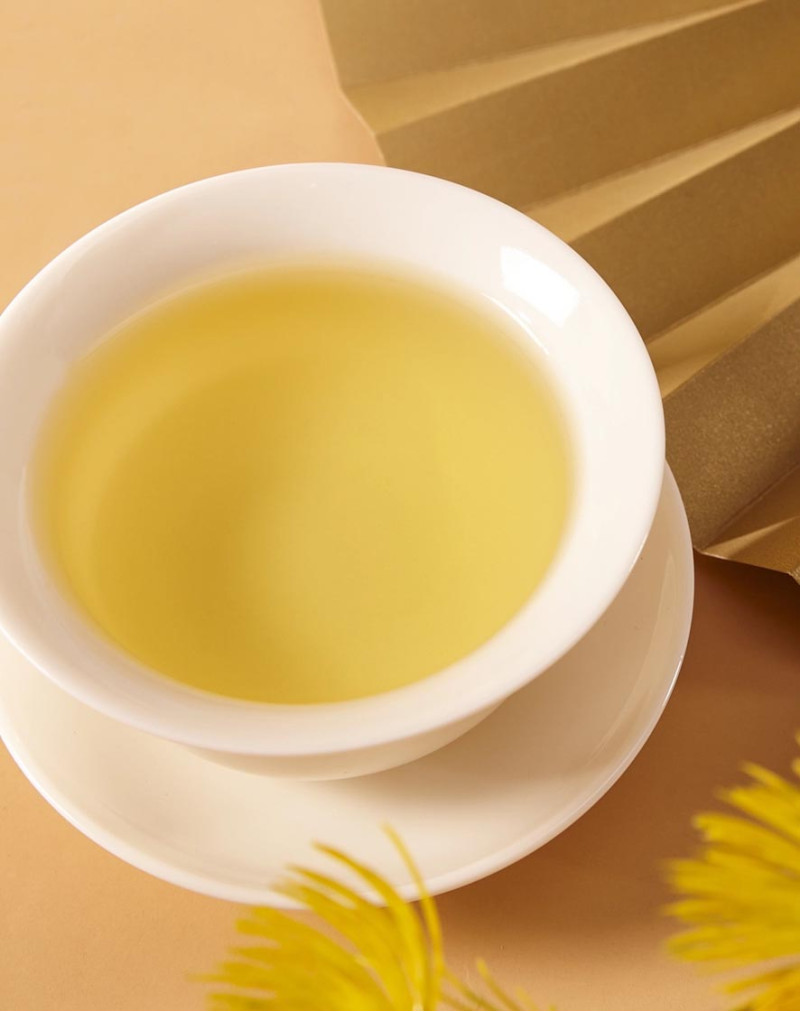Rare Yuan-an Lu yuan Yellow Tea
- Product Code: simple
- Availability: In Stock
Basic Info
Name: Rare Yuan-an Lu yuan Yellow Tea
Origin: Yuan-an County, Hubei Province
Taste & Aroma: mellow, with orchid fragrance, long-lasting aftertaste, sweet
Item Form: loose tea
Dry Leaf: shinny, uniformly sized, covered with small white hair (down), downy
Liquor: Yellowish,clear and bright
Season: Spring tea
Tea Garden: Li family tea garden in Lu Yuan Town
Ingredients: 100% hand-picked natural tea buds and leaves
Caffeine: low
Harvest date: April 6th, 2024
Storage: stored in cool, airtight, opaque containers / Keep in the refrigerator at a low temperature
Flavor: unflavored
Shelf Life: 18 months (refrigerated) / 12 months (room temperature)
Rare Yuan-an Lu yuan Yellow Tea
Yuan-an Lu yuan Yellow Tea
Yu 'an Luyuan yellow tea, one of the famous yellow teas in China, has a history of more than 750 years. It is named after its place of origin "Lu yuan Temple", Yuan 'an County, Hubei Province. It is a variety of small-leaf yellow tea.
Lu Yuan Temple
From the Mingfeng district in Yuan'an County, walking six kilometers to the north, then following the "Deer Creek" for a hundred meters upstream, and you will come to the foot of the "鹿苑(Lu yuan) Deer Park Mountain". In the ancient times, this place was a paradise for animals such as deer, roe deer, badgers, etc. It is said that this place was once a forest garden for the emperors to play and shoot deer, so it was called Deer Park. As early as the first year of Baoqing of the Southern Song Dynasty (AD 1225), a group of Buddhist monks were attracted to build a temple at the foot of the "(Lu yuan) Deer Park Mountain", named "Deer Park Temple".
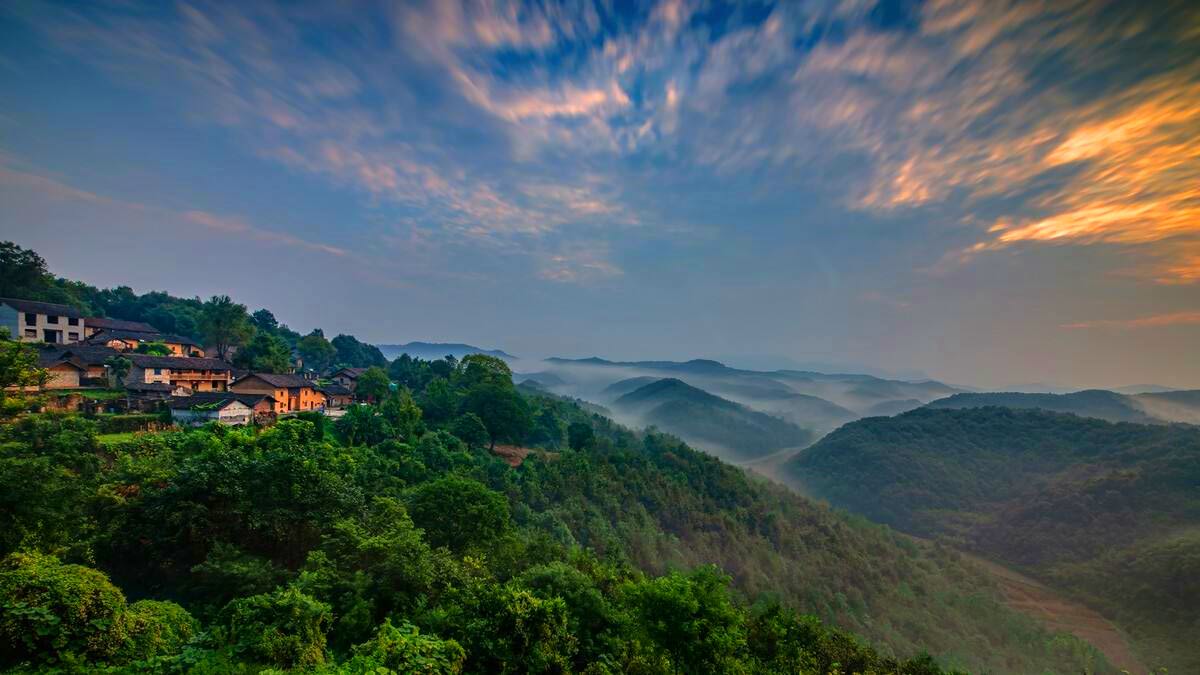
Rural Scenery Of Yuan 'An, Hubei Province
Show Full Description
It is rumored that at the beginning of the construction of this temple, a monk found an unknown tea tree next to the temple wall, and the tea made from the leaves of this tea tree tastes wonderful. Then the news of the strange tea tree found here spread in the monastery, the local villagers began to plant the seedlings of this tea tree, as the monks did - - - over time, the seedlings of this unfamiliar tea plant was planted on a large scale in this area. Later, people named the tea "Lu Yuan Yellow tea (Deer Garden Tea)".

The Topography Of Yuan'An, Hubei Province
During the reign of Emperor Qianlong of the Qing Dynasty, Lu Yuan tea was selected as tribute tea. Legend has it that after drinking it, Emperor Qianlong found the tea fragrant-refreshing, and he became energetic and appetitive, pleasantly surprised, so he sealed its royal name "Hao Yin Tea". On the stone tablet of Lu Yuan Temple, there is also a poem written by the Qing Dynasty eminent monk Jin Tian who praised Lu Yuan tea when he came to the temple to teach scriptures in the ninth year of Guangxu Dynasty (1883): "Absorbing the essence of the mountain, it has a prominent fragrance that will not only refresh your spirits and clear your eyes, but also help you defeat the sleeping devil army when you are in Zen."
Awards
Lu Yuan tea was selected as tribute tea during the reign of Emperor Qianlong and has been rated as "national famous tea" for many times because of its distinctive characteristics such as orchid fragrance, liquor color and delicious mellow taste.
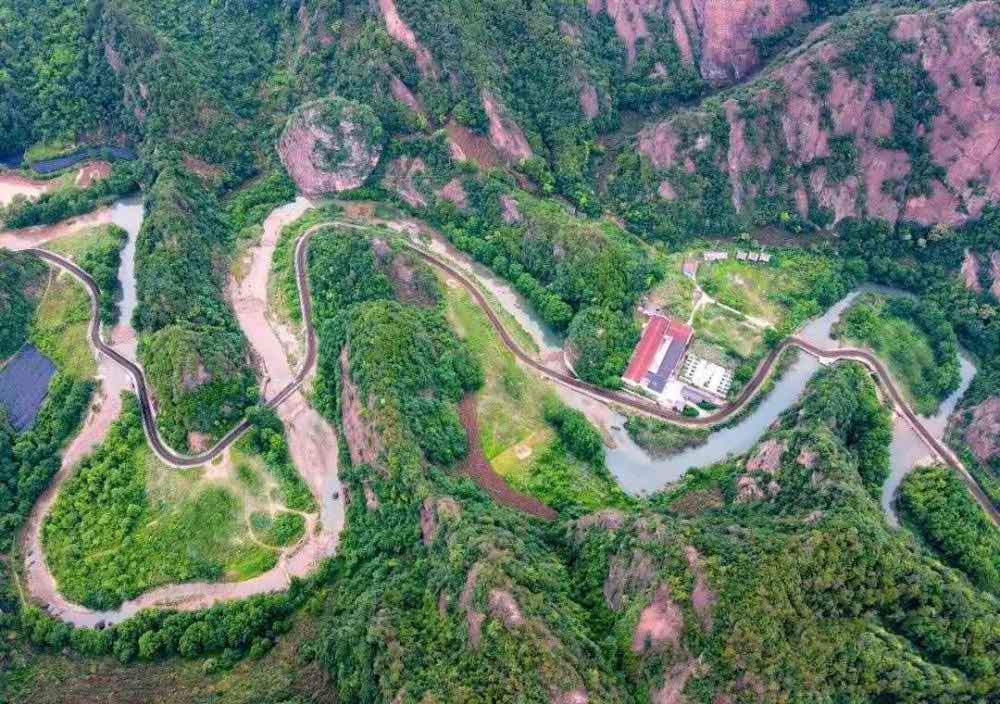
Part Of Lu Yuan Village
Lu Yuan Tea was awarded the national famous tea by the Ministry of Commerce in the National Famous Tea Competition in 1982 and 1986. In May 2009, "Yuan 'an Luyuan Tea" was declared as "provincial intangible cultural heritage" by the Hubei Provincial People's Government. On September 1,2017, the former Ministry of Agriculture of the People's Republic of China (PRC) approved the implementation of national registration protection of geographical indications for agricultural products for "Yuanan yellow tea".
Yuan 'an County, Hubei Province is the hometown of Leizu, with a long history of tea cultivation. It is known as "the No 1 county in Lu Yu's book "The Classic of Tea" and is famous throughout the country for its beautiful countryside and yellow tea producing industry.
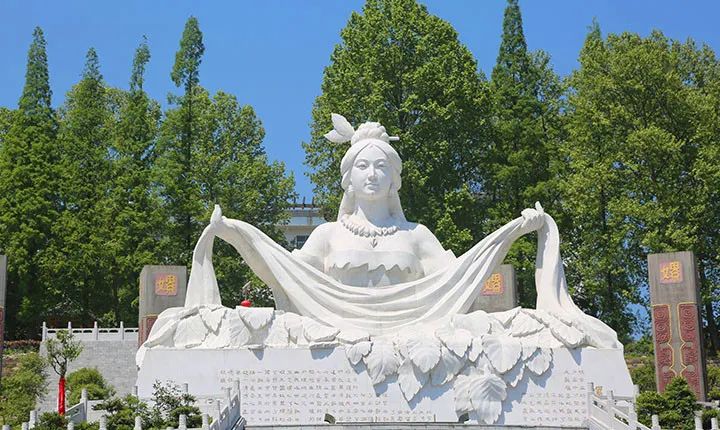
The Statue Of Lei Zu In Yuan'An City
Lei Zu is one of the legendary figures in Chinese prehistoric society. She was the earliest silkworm raiser in China, and was known as the "Goddess of silkworm".
With an average altitude of about 800 meters, the landscape of Yuan 'an yellow tea producing area is a combination of mountains, hills, ravines and alluvial plains, where the soil is rich in nutrients, with moderate sand viscosity and PH value. The natural ecological environment of the tea planting area is unique, with fertile soil, rolling hills, drifting clouds and fog, and crisscrossing creeks, all of which provide good conditions for the growth of yellow tea.
Processing
The production of Lu Yuan yellow tea is very rigorous and requires skill. The 15 days from the Qingming Festival to the Grain Rain period is the busiest time for workers who make Luyuan Tea. Good tea begins with picking fresh leaves of high quality. As a famous yellow tea in China, Lu Yuan tea naturally has its own strict standards when it comes to picking fresh leaves. Only the tender, fresh and clean leaves and buds, especially those fat leaves and buds covered with white down, are the perfect ingredients for making this tea. Only one bud and one leaf and one bud and two leaves can be harvested.
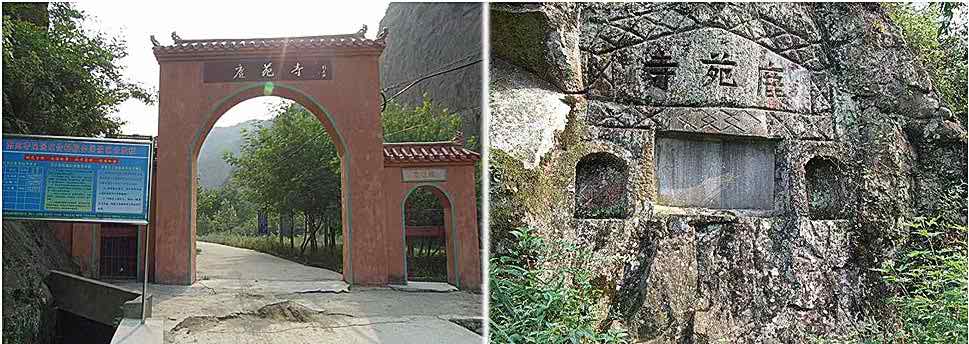
The remains of the Lu Yuan Temple
However, making Lu Yuan yellow tea is also a tedious and complicated process. High quality Lu Yuan yellow tea can only be made by hand by tea makers with extensive experience. As the key step of yellow tea, the smothering process is completed in a bamboo tray covered with wet cloth, and the whole process takes 5-6 hours. The control of humidity, temperature and time during this process has a crucial impact on the quality of the tea - so this rare tea is difficult to make.
The making process of Lu yuan tea is generally divided into: Fixation - Second Frying fixation -> Heaping-yellowing -> Selecting -> Frying dry.
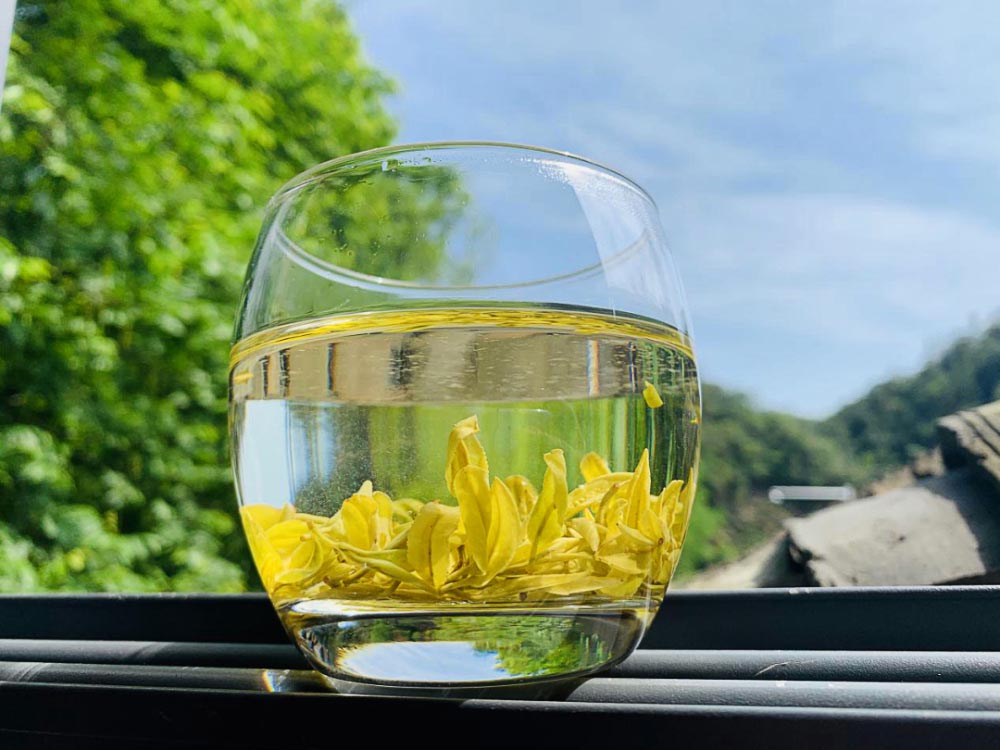
A Close-Up Of Yuanan Yellow Tea
Characteristics
This tea is very good and tender, covered by hairy tips and yellow, like dried rice. When steeping, the evenly sized strips can produce clear golden yellow liquor which tastes mellow, with orchid fragrance and creates a long-lasting aftertaste.
The History of Yellow Tea
Yellow tea is a kind of tea that is slightly fermented. Its processing is similar to green tea, except that a "yellowing (sweltering)" process is added before or after the drying process.
Yellow tea has a long history, and its production history can be traced back to before the Tang dynasty (618-907). The following is some important stages of its development
1.Western Han Dynasty to Tang Dynasty
From the Western Han Dynasty (202 BC-8 AD) to the Tang Dynasty, the name of Huangya tea had appeared. At that time, there were mainly Mengding Huangya Tea and Huoshan Huangya Tea. Yueyang Yellow Tea and Huoshan Yellow Tea appeared in the history books of the Tang Dynasty. However, yellow tea at this time refers to those tea leaves whose buds turn yellow naturally.
2.Tang and Song Dynasties
Yellow tea was further developed in the Tang and Song Dynasty (960-1279). Mengding yellow tea, Huoshan yellow tea and Agrihu paste are three recorded yellow tea tribute teas in Tang Dynasty.
3.The Ming Dynasty
By the time of Ming Dynasty (1368 -1644), the technology of "yellowing (sweltering)" yellow tea had been applied to the process of tea making. At that time, people slowly groped and invented a new tea - - Mengding Yellow Bud tea, which is easy to preserve by using the combination of "fried yellow" and "stifled yellowing".
4.The Qing Dynasty (1636 - 1912)
The Qing Dynasty was the peak of the development of yellow tea in China.
During this period, the production technology of yellow tea has been widely spread, and yellow tea technology independently developed in many places has also begun to mature. Tea workers in many places in China produce various kinds of yellow teas.
5.1920s - 1950s
During the Republic of China, black tea and green tea were the main varieties of tea exports to earn foreign exchange. Coupled with the frequent wars in China, many yellow teas disappeared from the public's view.
6. 1950 -
Since 1950s, under the influence of the planned economy policies at that time, people in many tea-growing areas began to produce black tea, and the output of yellow tea was further reduced. At the same time, many related techniques for making yellow tea have also begun to be lost. In the 1970s, only Junshan Yinzhen, Weishan Maojian and Huoshan Huangcha were produced. Since 1980s, with the development of the tea industry, the variety and production scale of yellow tea have gradually recovered, the output has increased year by year and the market has gradually expanded. But in general, the production scale of yellow tea is still lower than that of other teas.
| Chinese Gongfu Method | |
| Tea | 4g |
| Water | Gaiwan 3oz / 90ml |
| Time | 4 infusions (15s, 25s, 45s,1m10s) |
| Temperature | 85°c / 185℉ |
| Teapot Method | |
| Tea | 8g |
| Water | Teapot (8oz / 240ml) |
| Time | 1- 4mins |
| Temperature | 85°c / 185℉ |


